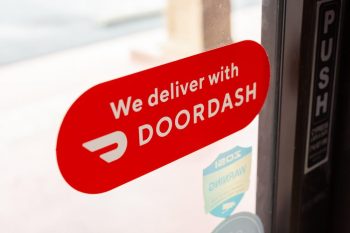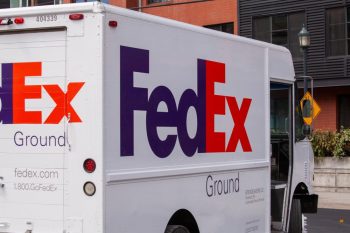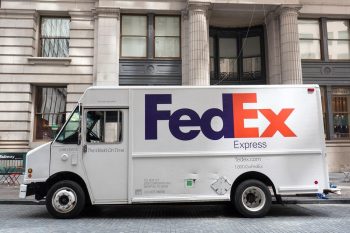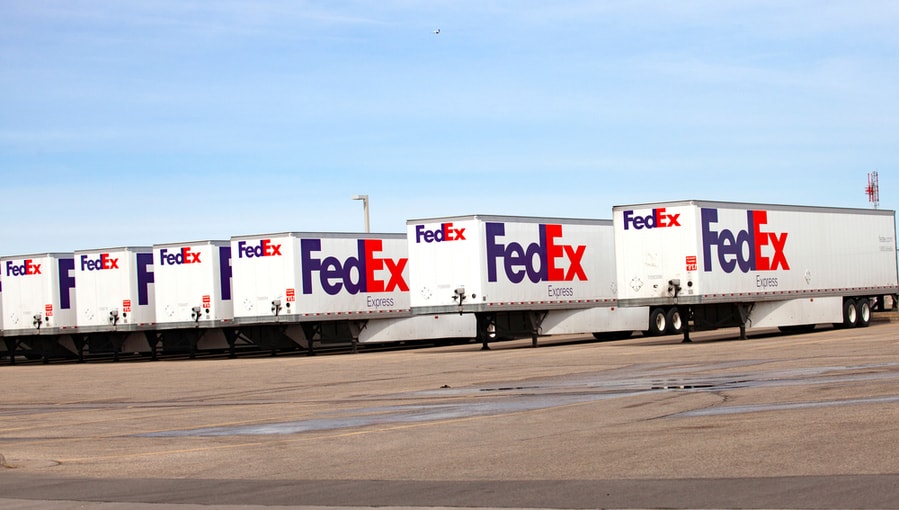
If you plan to join FedEx as a contractor and provide them with your trucking and transporting services, you may need to know what FedEx line haul is and how it works.
FedEx line haul is a transportation service that ships FedEx packages over long distances between two or more locations, typically ranging from several hundred to thousands of miles.
FedEx line haul operates on a hub-and-spoke system, where shipments are picked up at regional points and transported to hub facilities for sorting and consolidating with other packages going to the same destination.
Below, we’ll discuss the FedEx line haul, how it works, and whether contracting with FedEx is profitable. We’ll also explore the basic FedEx line haul truck requirements.
FedEx Line Haul

FedEx is a global logistics company with over 220 countries and territories, specializing in delivering packages to various locations, including hard-to-reach areas.
FedEx provides one to all shipping services, from collecting parcels from the origin and delivering them to the customer’s doorsteps. These packages may include both small and oversized items.
Sometimes, a vast geographical distance exists between a parcel’s origin and delivery address. Therefore, FedEx requires a reliable transportation service to facilitate packages’ timely and efficient movement from one place to another.
Here the FedEx line haul service comes in handy, ensuring that shipments are transported quickly and safely, regardless of the distance involved.
The average distance covered by FedEx Line Haul in one go is around 500 miles, with some routes spanning up to 2,500 miles or more.
FedEx parcels pass through their regional facilities, sorting hubs, and distribution centers before reaching the destination, so FedEx require transportation service when moving packages from one FedEx location to another.
FedEx line haul trucks are usually large, so they cannot maneuver in residential areas and perform the final delivery to the recipient’s doorsteps. Hence, this service is only used to transport packages between FedEx facilities.
FedEx has another parcel transportation service, Pick-up & Delivery (P&D), which deals with short-distance package transportation using small cargo vans and trucks, including delivery to the final destination.
FedEx does not own all the line haul trucks in its fleet; they often belong to transportation companies and individual contractors. So, if you need to become a FedEx line haul contractor, you should know its vehicle requirements.
Basic Requirements for FedEx Line Haul Tractor

The basic requirements for a FedEx line haul tractor are as follows:
- Maximum length and height: 27ft and 13ft, respectively.
- The color must be white with the FedEx Ground logo.
- Maximum fifth-wheel height: 49 inches.
- The truck should have the FCAM and VEDR systems.
- FedEx ELD must approve the tractor.
- The tractor should have a pintle hook, a safety chain, reflective devices, and lamps.
- The truck must have a sleeper cabin for the driver to rest.
Is FedEx Line Haul Business Profitable?
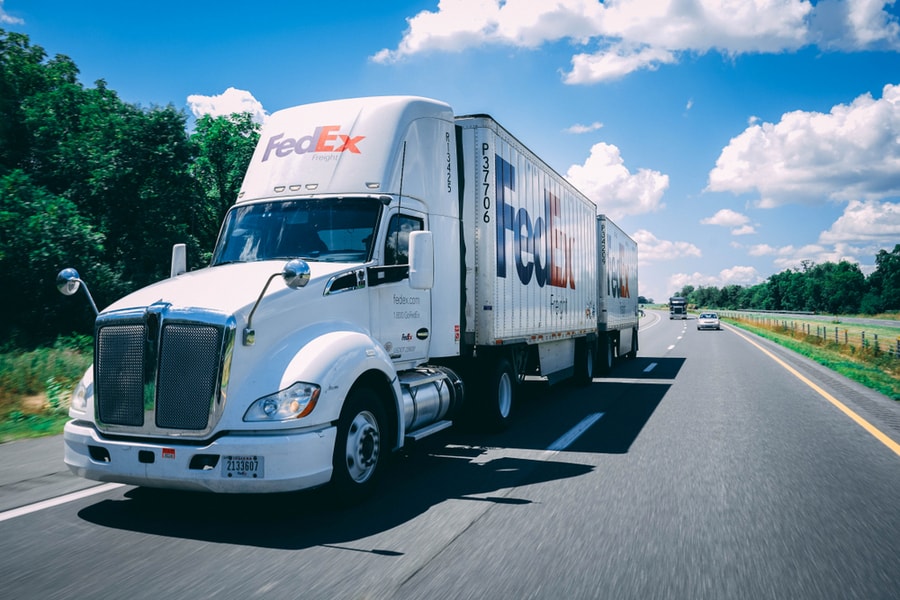
Calculating the expected profit before getting into any business is essential. Similarly, you should know your expected revenue and expenses if you aim to sign a contract with FedEx as a line haul transporter.
Remember that tractor maintenance costs are among the most significant expenses as a FedEx line haul contractor.
American Transportation Research Institute states that the average maintenance costs are around $0.15 per mile for new trucks and $0.35 per mile for old ones.
So if you’re planning to run a FedEx Solo Run operation, you can expect to drive nearly 100,000 miles or more each year, which could result in almost $15,000 or more maintenance costs for a new truck and up to $35,000 a used one.
Your tractor’s age and mileage can also significantly impact the profitability of your FedEx line haul business.
Hence, to avoid high repair and maintenance costs, replacing a tractor with over 450,000 miles on it or using it for over five years is recommended.
Your profit margins for the FedEx line haul business can range from 20% to 45% of total revenue, depending on the type of runs (solo vs. team) and overall business expenses.
Despite the potential for high profits, line haul operations come with significant risks, such as the high cost of trucks, maintenance, insurance, and a shortage of qualified drivers.
Ultimately, the profitability and worthiness of the FedEx line haul business depend on various factors, including your budget, business plan, and risk tolerance.
Takeaway
In this article, we’ve discussed what FedEx line haul is, how it works, and explored how profitable your business can be if your sign a contract with FedEx as a line haul transporter.
Hopefully, you now understand which trucks would be best to buy if you want to attach them to the FedEx line haul and how to maintain them better.
Frequently Asked Questions
Who Can Become a FedEx Line Haul Contractor?
Individuals and companies owning or leasing tractors that meet FedEx vehicle requirements can become line haul contractors.
How Does FedEx Pay Its Line Haul Contractors?
FedEx pays line haul contractors based on the miles they travel and the weight of their packages.
What Kind of Routes Do FedEx Line Haul Contractors Run?
FedEx Line Haul contractors run long-haul routes between FedEx Ground locations, hubs, and other FedEx points. The routes can be either solo runs (one driver) or team runs (two drivers).
What Is FedEx Line Haul Dispatch?
FedEx Line haul dispatch assigns and coordinates drivers, tractors, and trailers to move freight between terminals or hubs within the FedEx network.
How Long Are FedEx Line Haul Contracts?
FedEx line haul contracts normally have an initial period of at least one year, with the possibility of extension based on performance and other elements.
Depending on the parameters agreed upon by the contractor and FedEx, the contract’s duration may change.




